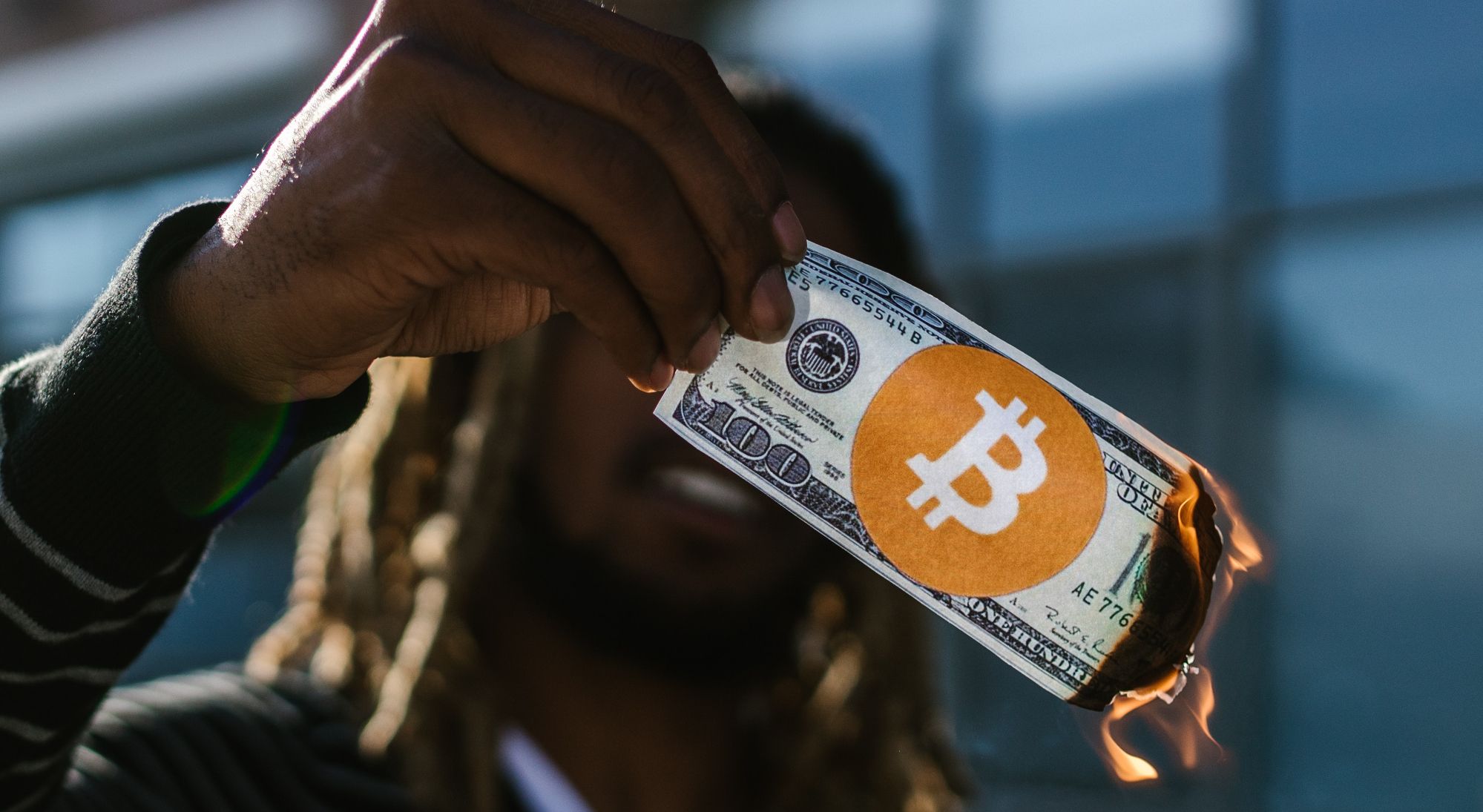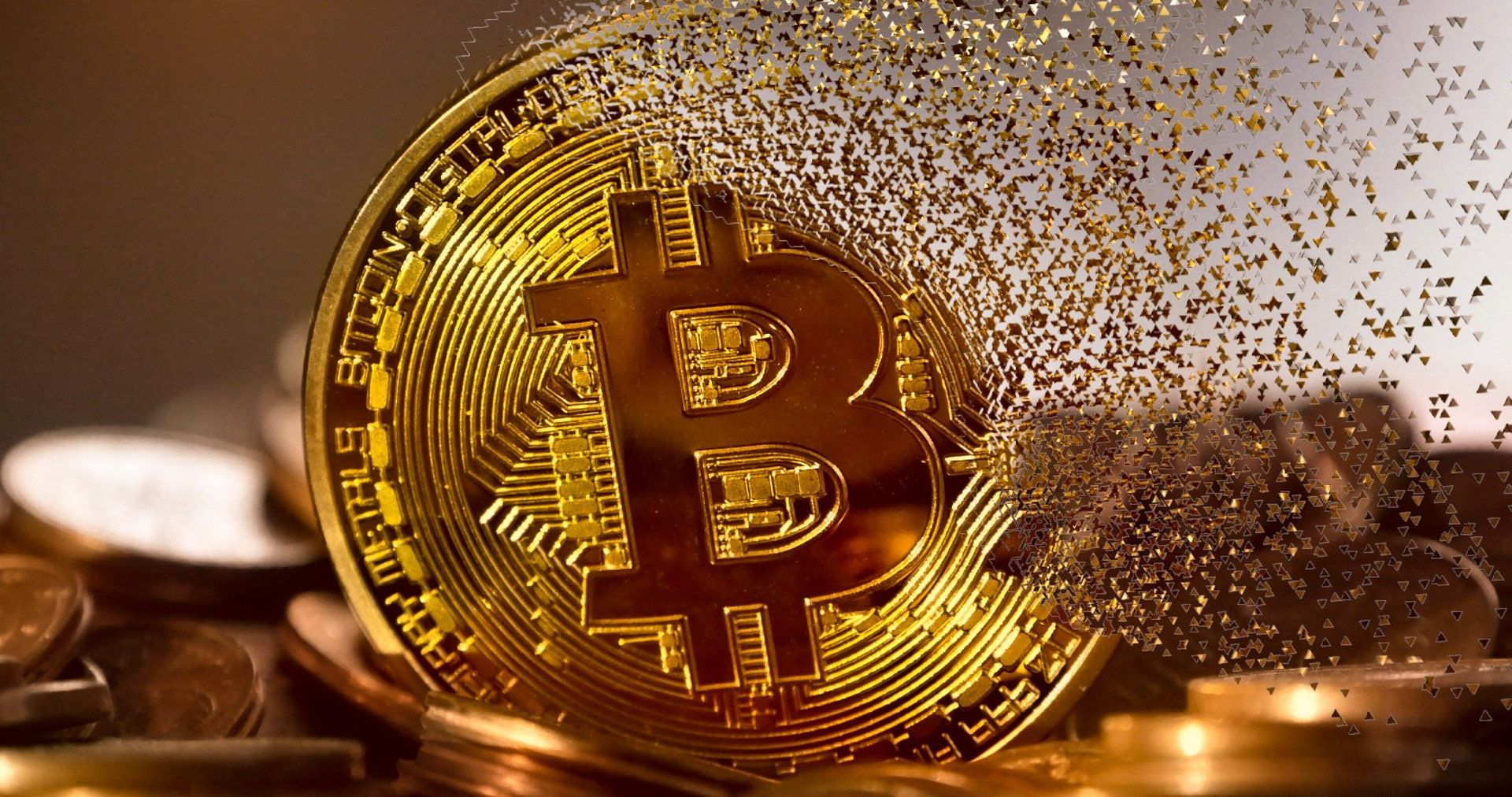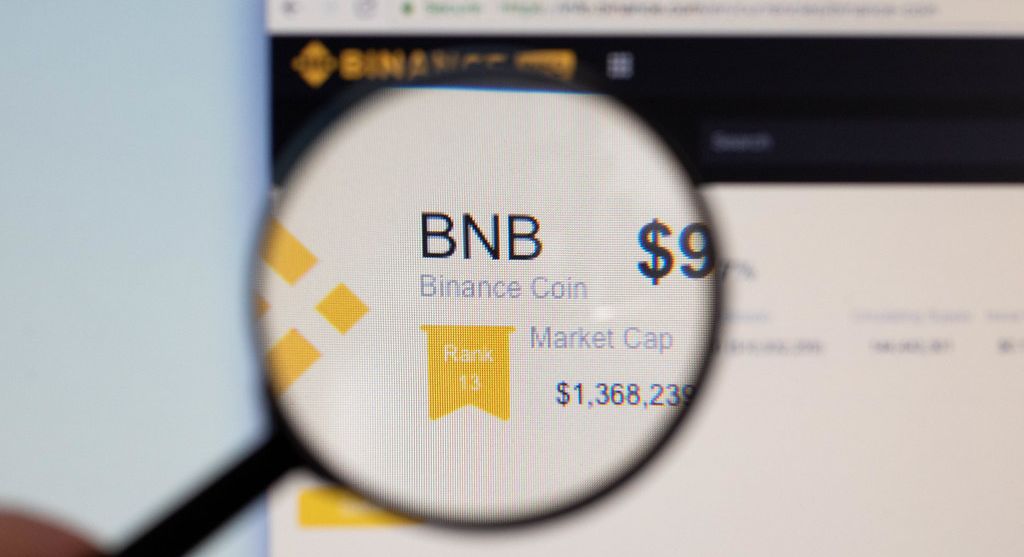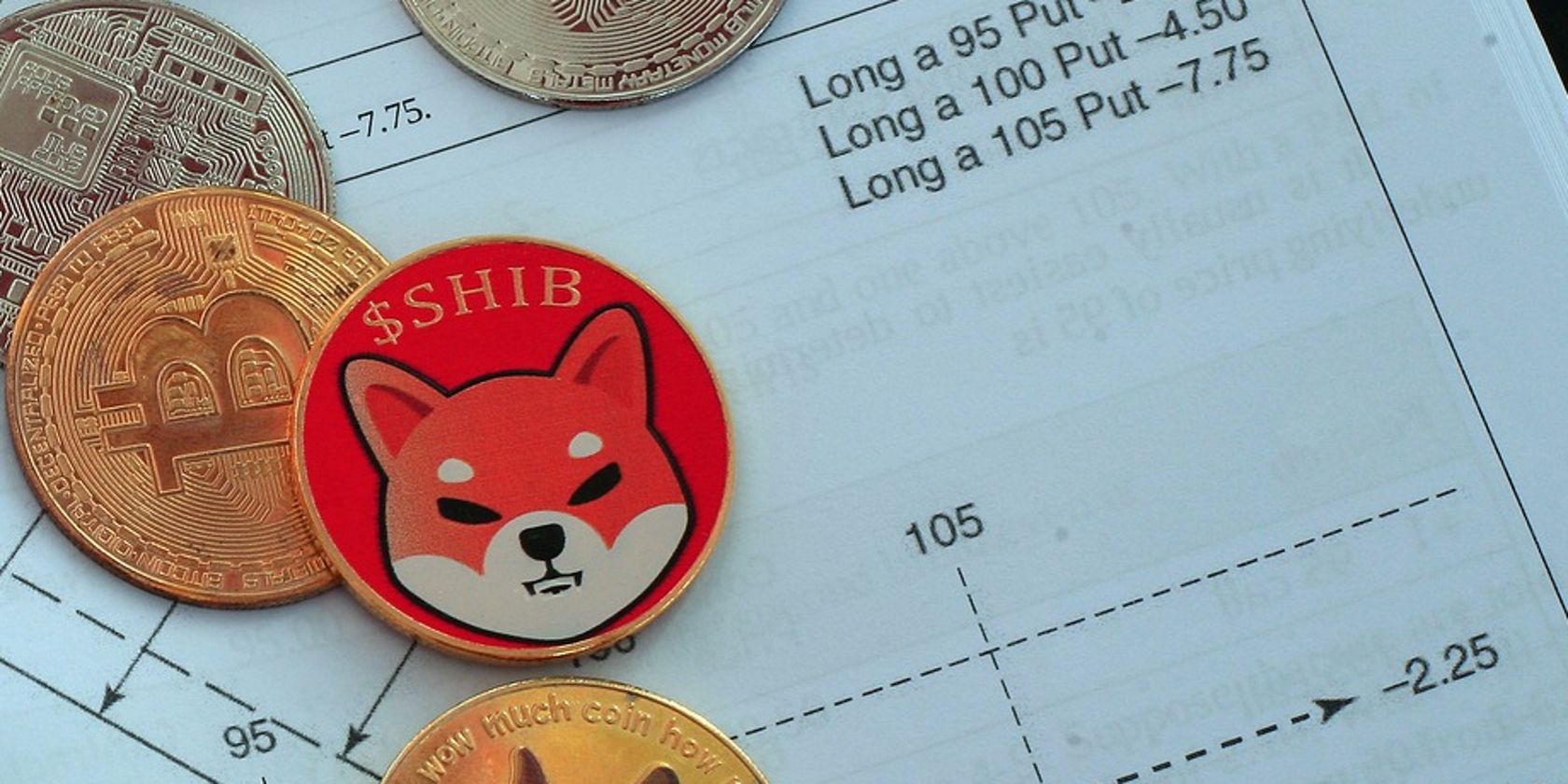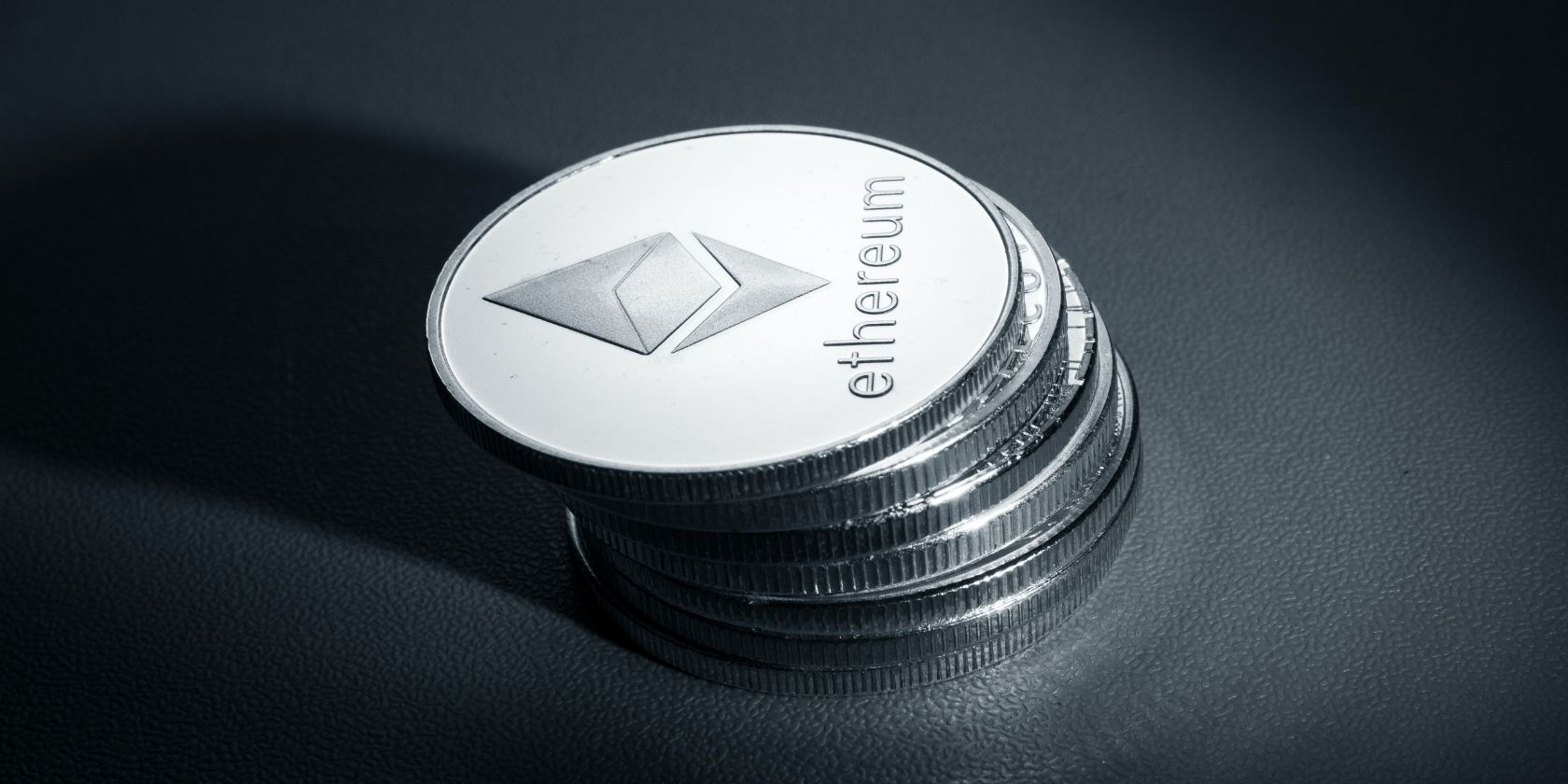
It’s almost impossible to keep a cryptocurrency’s price consistent in the long term unless it’s pegged to a real-world asset. Because this isn’t the case for the majority of coins and tokens out there, price drops are pretty commonplace in the market. But there are ways through which a crypto’s supply can be intentionally increased. One such method is known as burning.
So, how exactly does burning affect a crypto’s price?
What Is Crypto Coin Burning?
We’ve got a more in-depth piece on coin burning if you’re looking for a thorough explanation of the process, but we’ll still quickly recap what it is before getting into why it is used.
Cryptocurrency coin burning involves moving a batch of coins or tokens to a wallet that can only receive funds, not send them (also known as a burn or eater address). Nobody can ever access the private keys to these wallets, so once the crypto is sent, it can never be recovered. Any and all cryptos, including fractions of such, can be transferred in this process.
The burning process essentially destroys cryptocurrency, taking it out of circulation permanently. But why is this done? Why would anyone want to destroy crypto?
Why Do Cryptos Burn Coins? Does Coin Burning Affect Value?
One of the biggest factors influencing the price of cryptocurrencies is supply and demand. The crypto market relies heavily on the demand of investors and traders, and the supply-demand balance can be thrown off easily. If a coin’s demand falls while the supply continues to rise, its price can take a bit of a hit or even plummet severely.
But coin burning can help a coin’s price recover to some extent (in certain scenarios). The reason for this is pretty simple: burning coins decreases the circulating supply. A lower supply means an increased scarcity, resulting in higher demand and an increase in value.
For this to affect the price, a large amount of a crypto needs to be burned, not just a handful of coins. And, if a coin has a finite supply that it’s edging closer to, developers may hesitate to perform a large burn.
Cryptocurrencies can also be burned to reward or incentivize investors. When a crypto’s price increases, this can encourage more individuals to invest, boosting demand and driving the price up even further.
Lastly, burning can be carried out in accordance with the proof of burn (PoB) consensus mechanism. PoB uses periodic burns to both ensure that miners have good intentions within the network and tackle the worryingly high energy consumption of the popular proof of work (PoW) mechanism used by the likes of Bitcoin and Dogecoin.
So, if burning can be so beneficial, who’s actually doing it?
Which Cryptos Burn Tokens? 4 Examples
1. Binance
Binance isn’t just a massively popular cryptocurrency exchange. It also hosts two blockchains that use the native coin: Binance Coin (BNB). This coin has gained a lot of traction over the past few years, and now stands as one of the most valuable and frequently traded cryptos in the industry.
Binance Coin’s developers host quarterly burns using two mechanisms in what is known as the Auto-Burn. The Auto-Burn will eventually halve the total supply of BNB in circulation, wiping out 100 million BNB, which will hopefully ensure that BNB’s price never falls too severely and, at the very least, maintains its price.
The Auto-Burn mechanism alters the number of burned coins based on the BNB price and block number, which means there will never be an excessive or insufficient burn.
Binance completed its 19th quarterly burn in April 2022, destroying 1,839,786.26 BNB (worth over $500 million!). At this point, these large burns haven’t had a massive positive effect on BNB’s price, but it has resulted in a slight increase.
2. Shiba Inu Coin
In 2021, Ethereum’s co-founder, Vitalik Buterin, was sent 50% of Shiba Inu Coin’s supply by its creators. A big move, indeed. But, shockingly, Buterin decided to burn 90% of the SHIB he received. In total, over 400 trillion SHIB were burned, which amounted to around $7 billion at the time. The remaining 10% was then donated to charity.
Buterin claimed that he did this so that he wasn’t seen as something of a central power within the SHIB ecosystem. So there was no financial goal behind this massive burn—but at least charities got a bunch of crypto cash to use for good.
3. Terra
In May 2022, Terra Labs’ LUNA and UST cryptos suffered a catastrophic crash after the price-stabilizing balance between the two coins collapsed. This caused huge financial losses, and investors and supporters alike began suggesting a large-scale burning of LUNA to hopefully help it recover to some extent. Given that Terra has stopped minting LUNA altogether, this isn’t an altogether bad idea (in theory, at least).
But Terra’s founder, Do Kwon, wasn’t a fan of the idea, though this didn’t do much to stop Terra enthusiasts from burning their crypto. Kwon eventually faltered under public pressure and shared a public burn address on Twitter for Terra owners, but warned that burning LUNA wouldn’t be beneficial. Nevertheless, many disagree with Kwon, and continue to burn LUNA to decrease the supply and boost its value. Time will tell if this has any kind of positive effect.
4. Ethereum
Since August 2021, crypto giant Ethereum has been burning huge amounts of Ether. Billions of dollars in ETH have been destroyed so far, but why is this happening?
There are several reasons why Ethereum’s developers have started burning ETH on such a large scale. Firstly, there is an aim to reduce the rewards available to Ethereum miners, as some try to increase their rewards by taking advantage of the mining system. Secondly, ETH is being burned to stabilize Ethereum transaction fees. And, of course, burning ETH can mitigate the increase of its supply (for which there is no total limit, only an 18 million ETH yearly limit), resulting in a price hike.
Crypto Coin Burning Controls Prices
While burning cryptocurrency isn’t a guaranteed avenue to an increase in value, it can prove useful if done at the right time. On top of this, coin burning can cause a number of other positive outcomes, including fee consistency and investor satisfaction. So while it may seem foolish to quite literally burn money, the results can often be far more impressive than you’d think.
Read Next
This news is republished from another source. You can check the original article here




